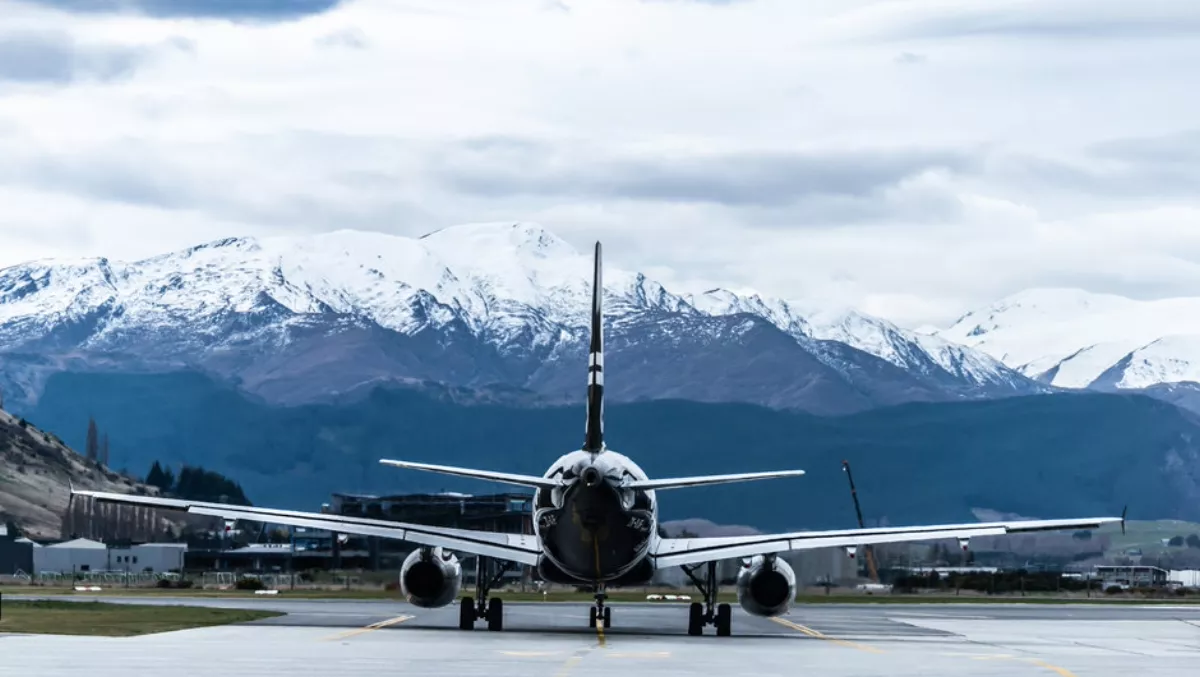
Air NZ sets 3D printing precedent for aircraft maintenance
Air New Zealand is just one local company that understands 3D printing is the way of the future for airlines and aircraft maintenance. Last month Air New Zealand, in partnership with Singapore-based ST Engineering and components provider Moog, successfully completed a world-first experiment that proves supply chains can go digital.
Together, the three companies created a proof-of-concept 3D-printed bumper part, which sits behind the airline's Business Premier monitors and prevents the screen from damaging the seat when it's pushed in.
To create the part, Air New Zealand first ordered a digital aircraft part file from Singapore-based ST Engineering. The digital file was sent to an approved printer, operated by Moog in Los Angeles, downloaded and 3D printed before being installed within hours on an Air New Zealand Boeing 777-300 aircraft ahead of its scheduled departure.
According to Air New Zealand chief ground operations officer, Carrie Hurihanganui, the ability to 3D print and certify aircraft parts in this way could present significant benefits to commercial airlines.
"Being able to 3D print certain components on the go would be transformative and drive significant efficiencies and sustainability benefits," says Hurihanganui.
"Rather than having the cost associated with purchasing, shipping and storing physical parts and potentially having to fly an aircraft with an unavailable seat, this system would allow us to print a part when and where we need it in hours.
Air New Zealand says the entire transaction, from purchase to installation, was logged in Moog's VeriPart digital supply chain system, which is powered by Microsoft Azure Cloud technology.
VeriPart is used for assuring data, process, and performance integrity of 3D printed parts for aerospace applications. The VeriPart blockchain platform allows an engineering partner to release its intellectual property in a controlled way. The airline is then only able to 3D print the number of parts it requires on demand. The newly printed part is securely authenticated and traceable via VeriPart, providing the added value of configuration control for the life of the aircraft.
Air New Zealand says the experiment has made it possible to prove the concept as technically viable and prove its potential value to the aircraft maintenance industry.
The end result of the collaboration could open the door to a future of distributed networks starting with a digital design file and ending with a physical part. This will decrease lead times and result in less down time for airlines, Air New Zealand predicts.


